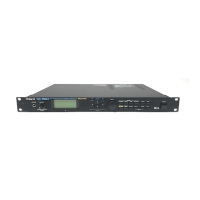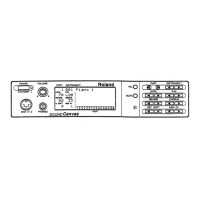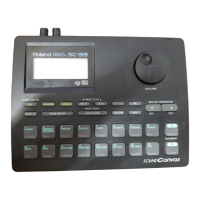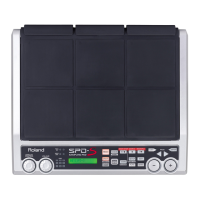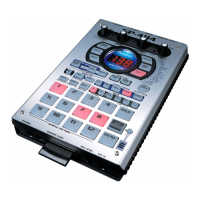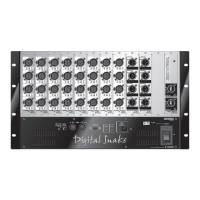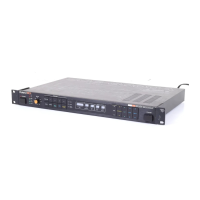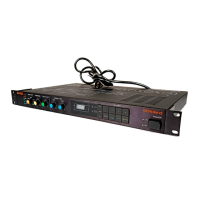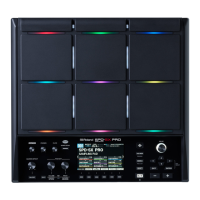Do you have a question about the Roland SC-7 and is the answer not in the manual?
| Type | Sound Module |
|---|---|
| Polyphony | 28 voices |
| Effects | Reverb, Chorus |
| Connectors | MIDI In, MIDI Out/Thru, Headphones |
| MIDI | In, Out, Thru |
| Outputs | Headphones |
| Power Supply | DC 9V |
| Synthesis Method | LA Synthesis |
Summarizes key capabilities like GM Level 1, 16-part multi-timbral, 28-voice polyphony, effects, and connectivity.
Details the INPUT 2, PHONES, VOLUME, and SIGNAL indicators on the front panel.
Describes the Power Switch, DC IN, OUTPUT, INPUT 1, Volume knob, COMPUTER, and MIDI connectors on the rear panel.
Guides on connecting the AC adaptor and audio cables to the unit and external equipment.
Explains connecting headphones and utilizing the two external audio input jacks for external sources.
Instructions for connecting the SC-7 to an Apple Macintosh computer via a serial cable.
Steps for connecting the SC-7 to an IBM PC/AT compatible computer using a serial cable.
How to connect external MIDI keyboards or devices to the SC-7's MIDI IN connector.
Explains the General MIDI standard and its compatibility with SC-7 scores.
Details the 16 parts, including Part 10 for rhythm instruments.
Explains the 28 voices and how they are used to produce notes.
Discusses Part Priority and Voice Reserve to manage note allocation.
Covers MIDI message exchange, connectors, channels, and multi-timbral capabilities.
Details the types of MIDI messages the SC-7 can receive, such as Note messages.
Explains Control Change, Pitch Bend, Aftertouch, Program Change, and Exclusive messages.
Shows pinouts for connecting to Apple Macintosh computers.
Shows pinouts for connecting to IBM PC/AT computers.
Defines the structure and byte order of Roland's exclusive messages.
Explains one-way and handshake transfer procedures for data.
Details the RQ1 and DT1 messages used in one-way data transfer.
Lists transmitted and recognized MIDI messages for various functions.
Explains OMNI, MONO, POLY modes and specific messages.
Visual representation of the SC-7's internal signal flow and parameter routing.
Explains the process of calculating checksums for error detection in exclusive messages.
Provides a table for converting between decimal and hexadecimal numbers used in MIDI.
Illustrates actual MIDI messages and their interpretation.
Lists system common and effect control parameters accessible via System Exclusive messages.
Details parameters controllable via Control Change, RPN, NRPN, and System Exclusive messages.
